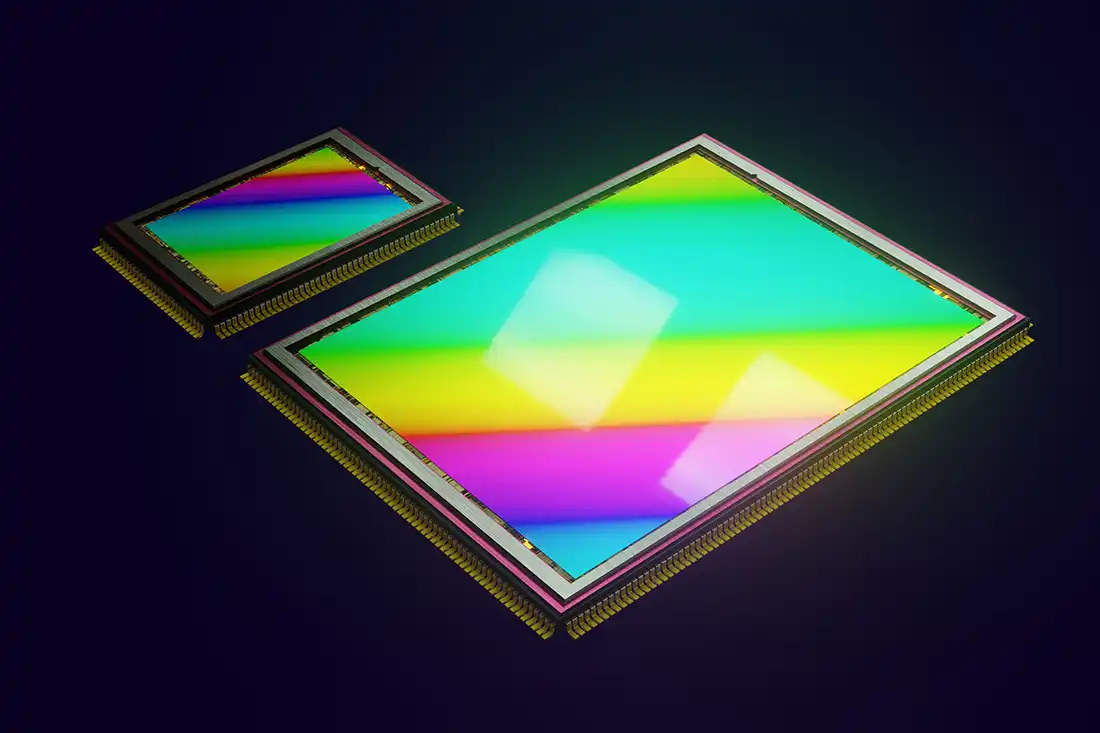
When it comes to purchasing a digital camera, it isn’t all about which one has the most megapixels. The size of your camera’s digital sensor has a great impact on image resolution and overall quality. It pays to know the differences if you are looking at buying a camera for the first time or looking to upgrade.
The sensor in your digital camera is what records the image. In the same way as traditional analogue cameras used rolls of film or slides to record their images, digital cameras have a surface behind the shutters that is light sensitive and interprets all the incoming light waves an assigns them a colour value based to give us the image we seen on the screen.
Digital sensors are available in different sizes. Given their fragile and delicate construction, they can’t be individually replaced or upgraded like a lens for example.
There are two types of sensors most photographers use these days – full frame and cropped.
Regardless of what type of digital camera you have, it’ll be one or the other. The smaller the sensor the smaller the camera body it can fit in. This is why cropped sensors are found more commonly in compact cameras and smartphones for example.
While there is only one size of full-framed sensor, there are four common sizes of cropped sensors available.
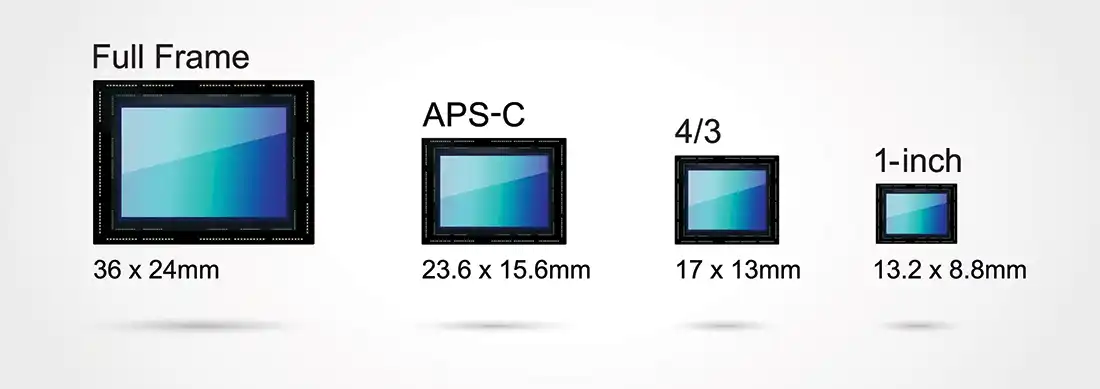
Full frame sensors are the same size as a single frame of 35mm film. That’s the standard digital cameras are used to compare against for sensor size. Full frame sensors deliver exactly what you see through the camera.
This larger sensor size can pick up more light as the surface area is larger and therefore gives better results when shooting in low light. Most professional (but not all) photographers will use a full frame camera.
APS-H is a sensor size that is only found in selected digital Canon cameras. The size sensor is 27.9 x 18.6mm which is approximately 70% of the size of a full frame sensor.
APS-H has been outdated and overtaken by its successor APS-C but you may still find them on certain cameras in the Canon range such as the EOS-1D (Mark II, III and IV) models.
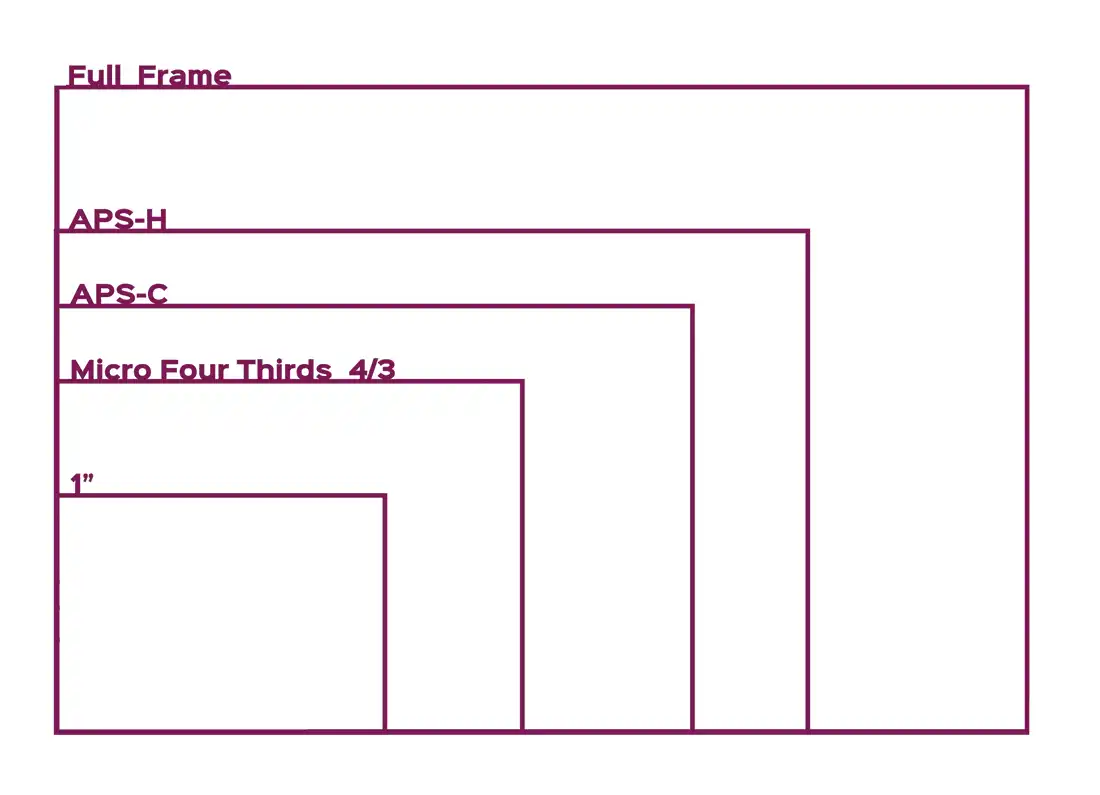
Image: The different sizes of digital camera sensors.
The most common sensor size for most commercial digital cameras is APS-C (Advanced Photo System-Classic). They are about 1.5-1.6x smaller than full frame.
Most entry level DSLR and Mirrorless camera will use an APS-C sized sensor inside their bodies.
Micro Four Third sensors (MFT) are around 50% the size of full frame camera.
Panasonic makes a great range of MFT cameras that are compact in size but still deliver a great image. Due to the reduced sensor size their print size will be more limited than larger sensors and their ability to handle low light situations aren’t as good as APS-C / Full Frame sensors.
Smaller sensors around a one-inch size aren’t commonly found in DSLR or Mirrorless cameras. Sensors of this size are more reserved for smaller compact cameras and even smartphones.
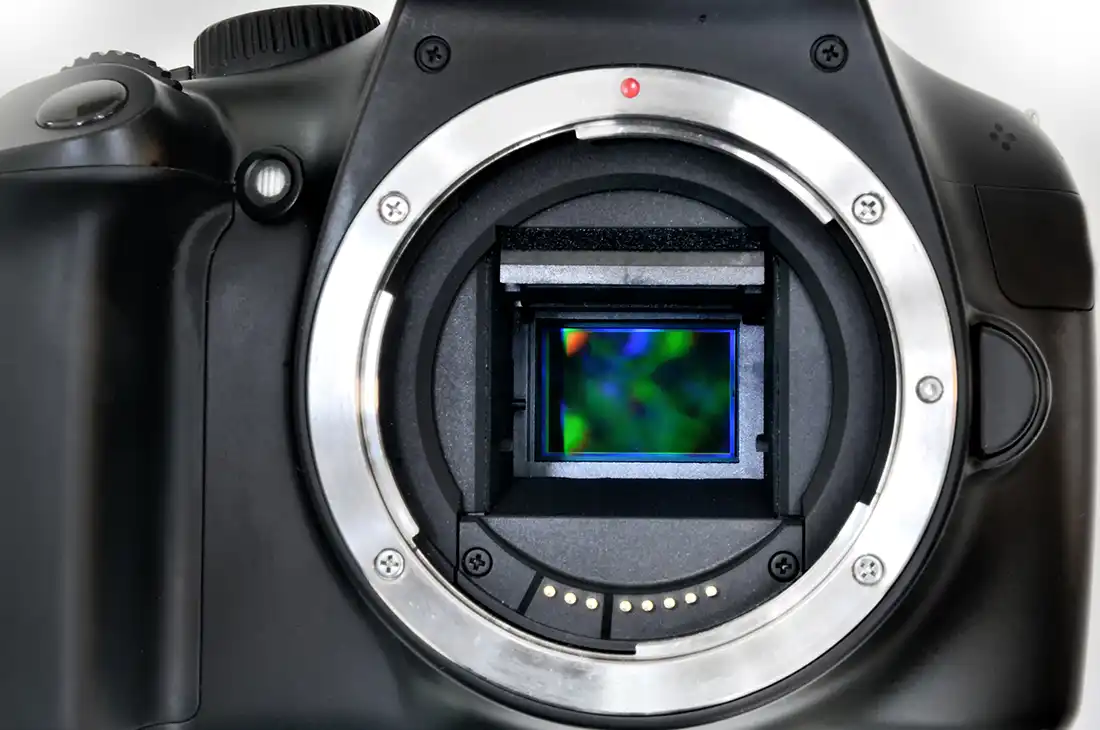
Images taken on a full frame camera are larger in file size and will be able to print bigger which is beneficial for commercial purposes. But if you are to be posting your photographs online all the time then a full-frame camera may be unnecessary.
You can end up with RAW files over 50mb each and if you’re not using them afterwards, you’ll require more storage facilities to retain them.
Another benefit to using a full-frame sensor is that the light-capturing ‘photosites’ (and pixels) are larger on full frame sensors and they operate better in low light.
If two cameras (full frame & APS-C) with a similar megapixel count took photos at night at the same settings there would be less noise visible in the shadows on the full-frame camera. This is useful to know if you like shooting at night or in dark venues.

Another point we’ll come to shortly is crop factor. Sensors that aren’t full framed crop into the scene resulting in a different equivalent focal length. But with full framed cameras this doesn’t happen, meaning what you’d see if you look through the viewfinder with a 50mm lens on you’d see the exact same on your camera screen.
As with anything in photography though that is ‘best’ or ‘better’ – this comes at a price. Full-framed cameras have a higher price tag than smaller sensor cameras.
With that said, if you’re not concerned about the latest camera models you can pick up older full-framed digital cameras (Sony A7 range) for less than a brand-new APS-C camera online.
While it’s not common on every full-frame digital camera some Nikon FX cameras (their full-frame range) have the option to switch to using a DX simulation (their APS-C range) in the same body.
The physical sensor size doesn’t change but the crop factor is applied to give you that extra reach in focal length.
Because a cropped sensor is smaller than full frame, they have a smaller area to capture a scene. With any cropped sensor size, the angle of view is narrower. This creates the impression of being zoomed in more to your shot.
Although the DoF (depth of field) will be the same in both cases, the background will appear sharper than if taken with a full frame sensor. A full frame sensor camera and lens will have less in focus than an APS-C combo when all the settings are the same.
For example, when using an APS-C camera with a 50mm lens the focal length is more like 75mm. This is because the crop factor of 1.5x has to be multiplied by 50mm to get the true focal length of what you’re seeing through the viewfinder.

Image: Crop factors mean that, when compared to a full-frame camera, the same photo would appear zoomed in.
Different sensor sizes have different crop factors to multiple by;
Crop factor can be an advantage if you need to get more zoomed in and closer to your subject. For example, using a 200mm lens for a wildlife photo on a full-frame camera is more like 300mm on an APS-C camera. This gets you closer to your subject simply by having a smaller sensor.
But the trade-off is quality. The image quality overall on a full-frame camera is better (when all things are even) compared to a crop sensor. Even if the cropped sensor camera has the same, or more, megapixels. It’s the sensor size that makes the difference in capturing a good dynamic tonal range.
Cropped sensor cameras fit in smaller camera bodies making their size convenient for hobbyist photographers and those that don’t want to carry lots of equipment with them.
If you are looking to upgrade to a full frame camera, here are our top picks;
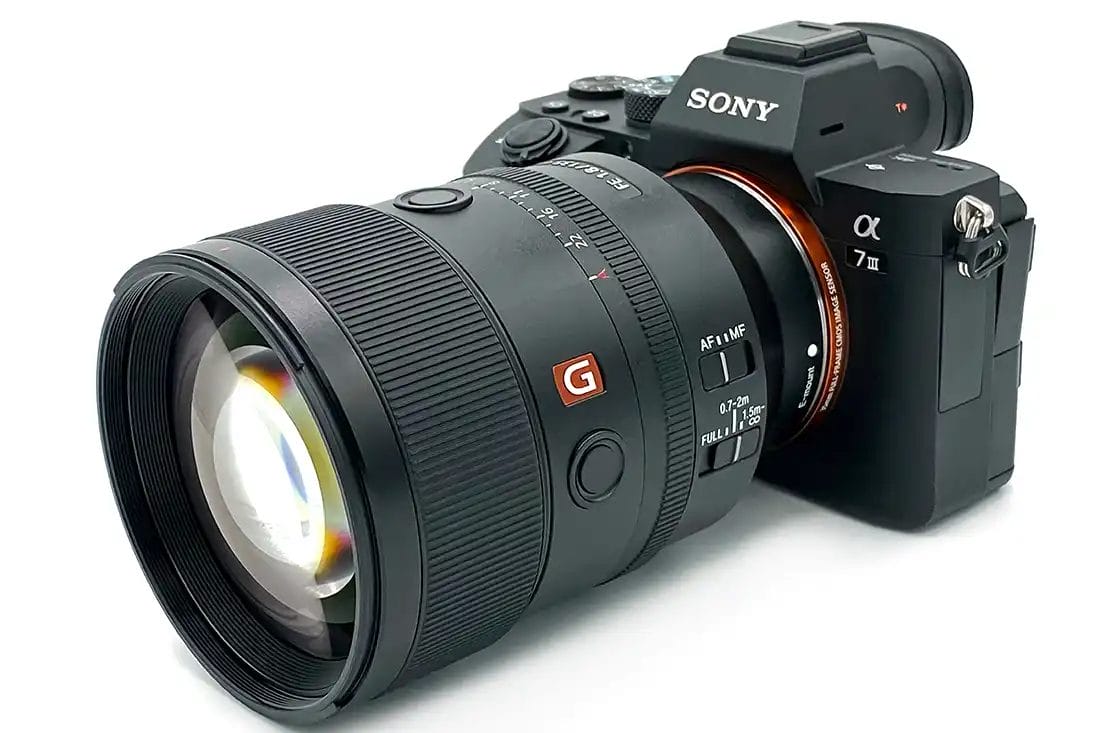
If you are looking to purchase your first digital camera, here are our top picks with cropped sensors for beginners.
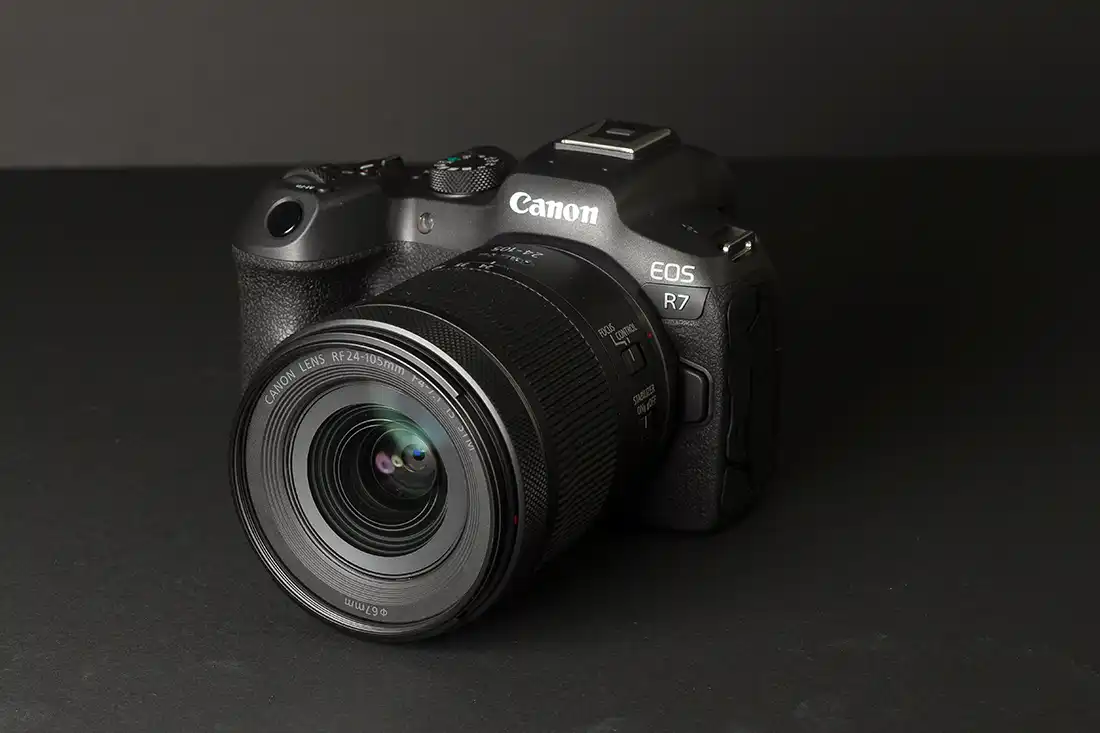
As technology advances the gaps between sensor sizes will get smaller and less noticeable in terms of image quality.
Remember that the size of the sensor has an impact on quality as well as the effective focal length of what you see through your lens.
If you’re looking at a new camera as an investment in your hobby, you’ll never go wrong with a full-frame camera. While it may be more expensive it will pay dividends in the long run by using the best quality technology available.
If you’ve enjoyed this guide, check out our other articles below.
Popular memory cards for photography – what’s the best SD card for your digital camera? Choose the right capacity and class speed in our guide
Discover the BEST way on how to clean a camera sensor using swaps, rocket blowers and pencil brushes to give your shots a dust-free finish!
Capture the magic of the night with our beginner’s guide to night photography. Learn tips and techniques for stunning results.
Learn the basics of photography – fast – with our FREE 60-Second Photographer online course. Each class is short and sharp with simple, actionable steps that give you immediate results.
x 30 lessons

© iPhotography™
Become a confident and competent photographer in less than 30 minutes!
Before you leave, make sure you’ve secured your FREE online photography course (worth £29.99)
Each class is just 60-seconds or less making it the fastest and easiest way to learn photography!